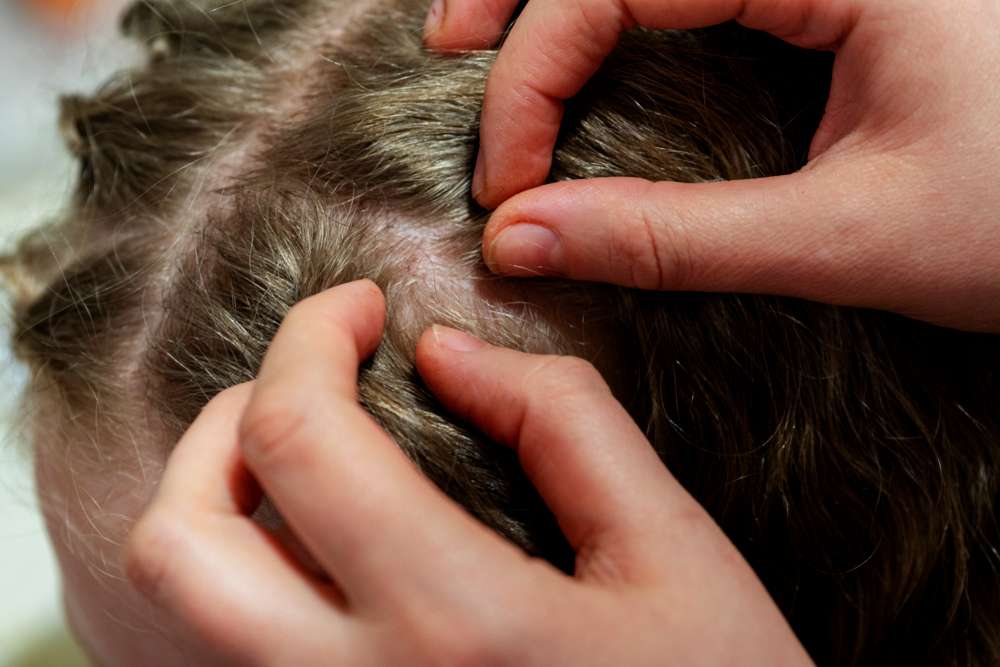2025 Genital Psoriasis Care Guide
Genital psoriasis is common, under-discussed, and highly treatable. This guide explains early signs, causes, and today’s best treatments—plus practical steps for daily comfort, intimacy, and long‑term control. You’ll learn how to tell it apart from infections, calm itch quickly, and build a plan that fits your skin, lifestyle, and goals.

What Genital Psoriasis Is
Genital psoriasis is a chronic inflammatory skin condition that affects the genital area, including the vulva, penis, scrotum, buttocks, and skin folds around the groin. Unlike psoriasis on other parts of the body, genital psoriasis typically appears as smooth, red patches without the characteristic silvery scales due to the moist environment of the genital region.
The condition can manifest in several forms, including inverse psoriasis, which affects skin folds, and plaque psoriasis, which may appear on the outer genital areas. The sensitive nature of genital skin means that symptoms often include intense itching, burning sensations, and discomfort that can significantly impact daily activities and intimate relationships.
Why It Matters Now
The importance of addressing genital psoriasis has gained increased recognition in recent years as healthcare providers better understand its prevalence and impact on patient well-being. Many individuals delay seeking treatment due to embarrassment or lack of awareness, leading to prolonged suffering and potential complications.
Current research indicates that genital psoriasis can significantly affect mental health, sexual function, and overall quality of life. The condition may also increase the risk of secondary infections and can complicate existing relationships. With improved treatment options and greater awareness among healthcare providers, 2025 represents an opportune time for individuals to seek comprehensive care.
Benefits of Early Care
Early intervention in genital psoriasis management offers numerous advantages for long-term health outcomes. Prompt treatment can prevent the condition from worsening and reduce the risk of developing complications such as secondary bacterial or fungal infections that commonly occur in the warm, moist genital environment.
Early care also helps preserve skin integrity and prevents the development of painful fissures or chronic irritation that can make the condition more difficult to treat. Additionally, addressing symptoms promptly can prevent the psychological distress that often accompanies untreated genital psoriasis, helping individuals maintain healthy relationships and self-esteem.
Diagnosis and Treatment Steps
Proper diagnosis of genital psoriasis requires consultation with a dermatologist or healthcare provider experienced in treating psoriatic conditions. The diagnostic process typically involves a thorough physical examination and discussion of symptoms, medical history, and family history of psoriasis or other autoimmune conditions.
Treatment approaches for genital psoriasis differ from those used for psoriasis on other body areas due to the sensitivity of genital skin. Low-potency topical corticosteroids are often prescribed for short-term use, while calcineurin inhibitors like tacrolimus or pimecrolimus may be recommended for longer-term management. These medications are specifically chosen because they are less likely to cause skin thinning, a common concern with prolonged steroid use in sensitive areas.
For more severe cases, systemic treatments such as biologics or oral medications may be necessary. Healthcare providers may also recommend specific hygiene practices, gentle cleansing routines, and appropriate moisturizing strategies to support treatment effectiveness.
Risks and Common Pitfalls
Several risks and common mistakes can worsen genital psoriasis or interfere with treatment success. Over-the-counter treatments designed for other skin conditions may be too harsh for genital skin and can exacerbate symptoms. Many individuals make the mistake of using high-potency topical steroids without medical supervision, which can lead to skin thinning and increased vulnerability to infections.
Poor hygiene practices, including the use of harsh soaps or excessive scrubbing, can irritate the affected area and trigger flare-ups. Conversely, inadequate hygiene can promote bacterial or fungal overgrowth. Other common pitfalls include wearing tight, non-breathable clothing, ignoring stress management, and discontinuing treatment prematurely when symptoms improve.
Sexual activity requires special consideration, as friction and certain lubricants can worsen symptoms. Open communication with partners and healthcare providers about managing the condition during intimate moments is crucial for maintaining both physical and emotional well-being.
Managing genital psoriasis successfully requires patience, consistent care, and ongoing communication with healthcare providers. With proper treatment and lifestyle adjustments, most individuals can achieve significant symptom improvement and maintain active, fulfilling lives. The key lies in seeking appropriate medical care early and following evidence-based treatment recommendations tailored to the unique challenges of genital psoriasis.
This article is for informational purposes only and should not be considered medical advice. Please consult a qualified healthcare professional for personalized guidance and treatment.




